Our
history

The origins of passion
Driven by his Red Passion, in 1860 Gaspare Campari invented a liquid so distinctive and revolutionary that it has not been altered since.
The creativity and passion of Gaspare Campari and his son Davide were so strong that their genius lives on through the brand, the liquid and those it inspires.
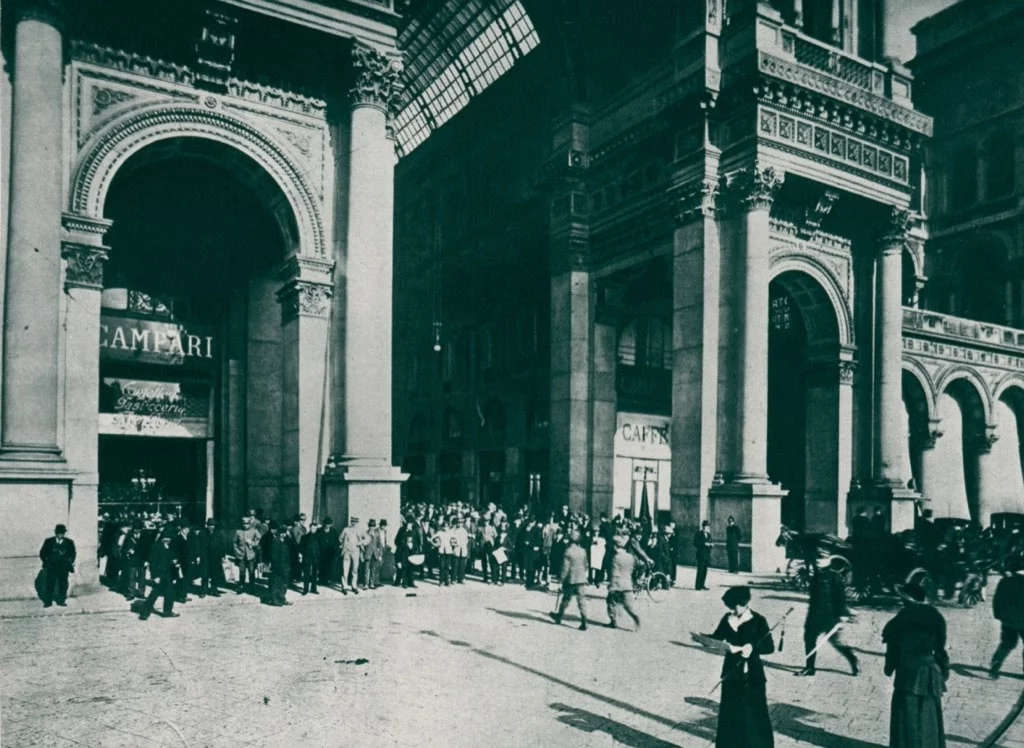
Iconic premises
As Gaspare’s Passion grew together with the brand, he identified an opportunity to run his business from the newly built Galleria Vittorio Emanuele Il, the cultural epicentre of Milano. He moved into the majestic new building and named it Caffè Campari which looked toward the iconic Piazza Duomo.
Here Davide Campari, heir of the Campari business, was born on 17th November 1867.

The expansion
Campari Bitter soon outgrew Caffè Campari. Its rapid, international growth resulted in the opening of the first ever Campari laboratory in Milano.
The success continued and to meet the new demand, in 1904 Campari moved to a proper plant in Sesto San Giovanni, home now to Campari Group Headquarters. Davide’s Red Passion was inspiring him to bring Campari to the world.
Photograph of the Historical Campari Factory
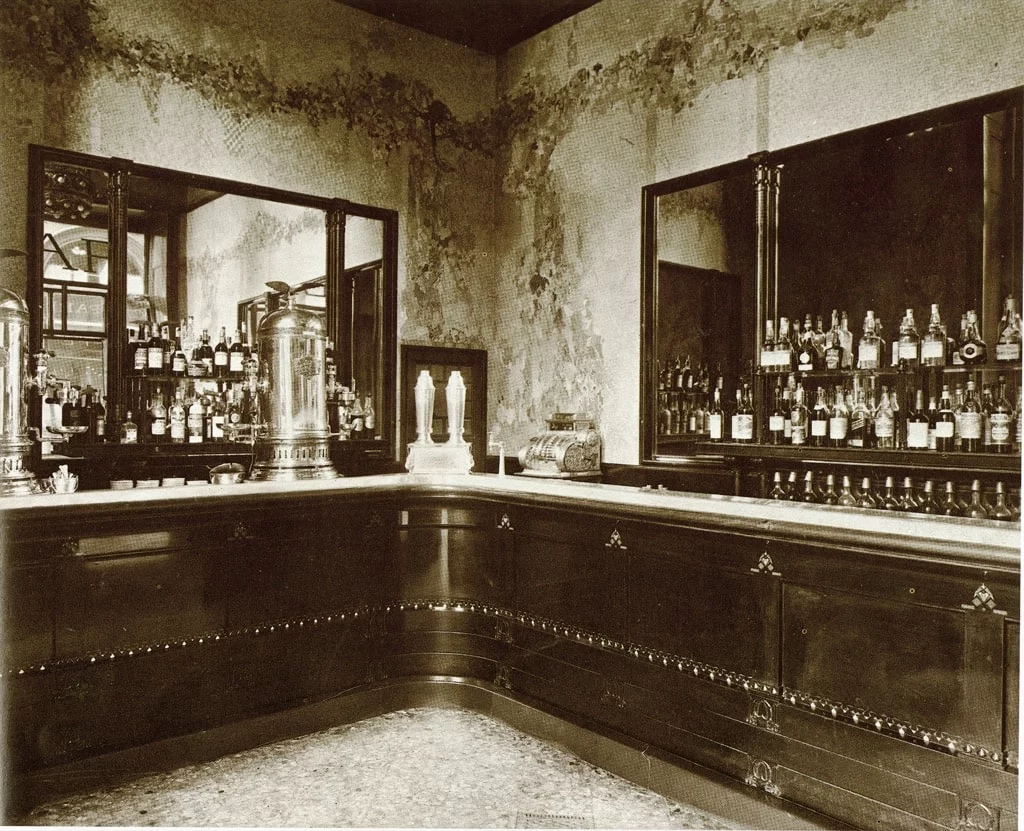
The Camparino
In homage to his late father’s Caffè Campari, Davide created the bar Camparino in Galleria.
It revolutionised the way the bitter was enjoyed, and introduced the lifestyle of Red Passion to the Milanese people, creating the aperitivo they adore to this day and maintaining its influence in culture.
Figure: The Camparino in Galleria photographed in 1925

The Red Heart and Art Liaison
It’s the beginning of an era. The Americano and the Negroni are invented, with Red Passion at the heart. Both cocktails are listed on the IBA Official drinks list, in The Unforgettable category.
At the same time, many great artists of the time began to work with Campari, marking the beginning of the connection of the brand with the world of art. For example, Leonetto Cappiello designed the famous Spiritello spirit wrapped in an orange peel.
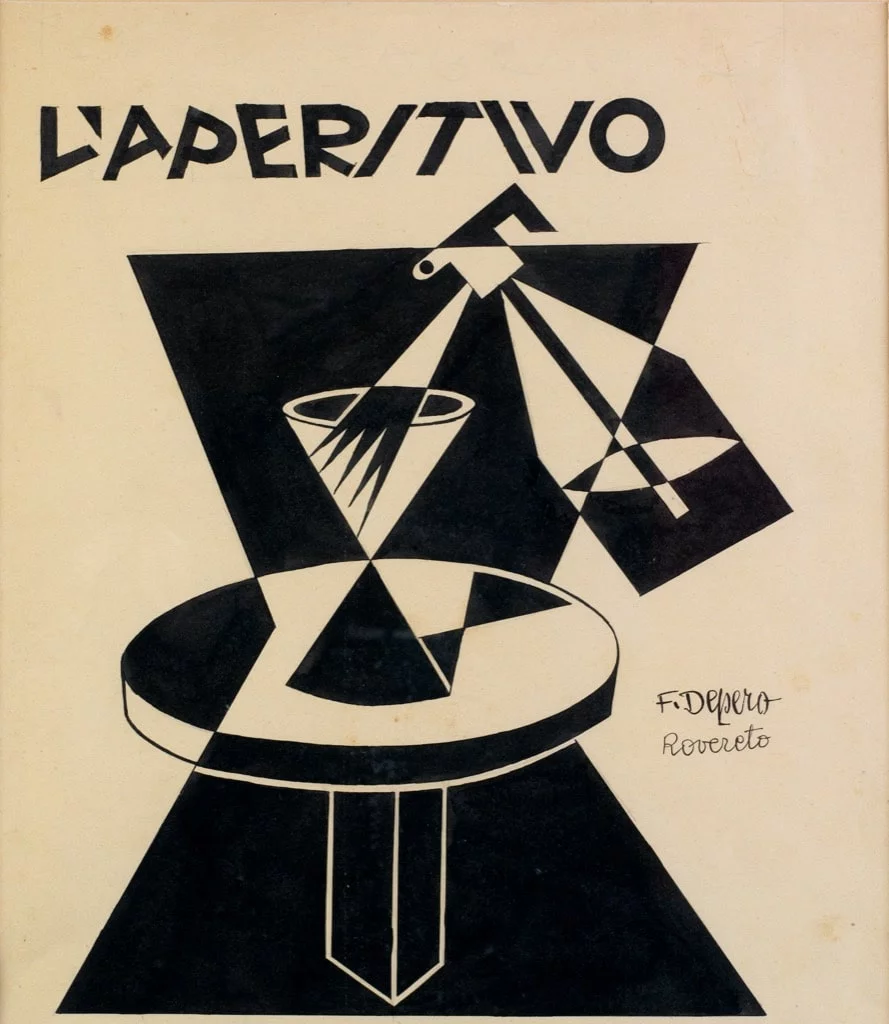
Futuristic Advertising
From the very beginning, Campari has pushed the boundaries of creativity to go beyond the norm, and this is evident in the unforgettable advertising that made the brand what it is today. As art became more geometrical and dynamic, Campari embraced Depero’s Red Passion made up of mechanical designs and organic shapes, leading to an important turning point for the brand’s communication.
Figure: Fortunato Depero, 1928
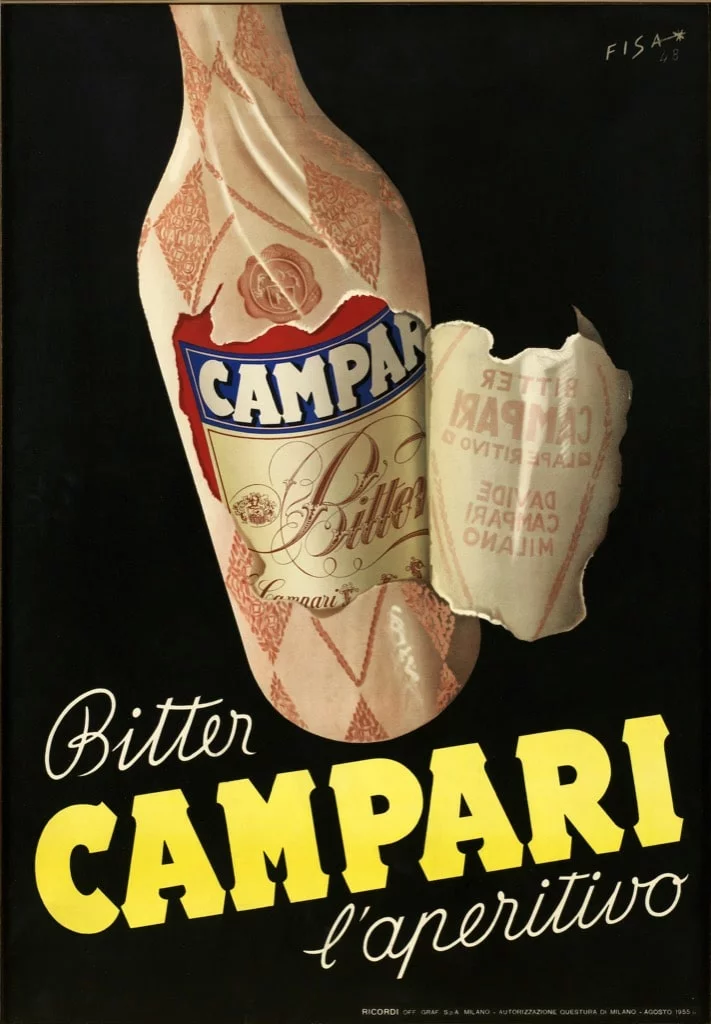
The Rebirth
Europe began its difficult journey towards a new beginning after a period of great distress. In the late forties, after a forced hiatus due to the war, the brand collaborated with avant-garde artist Carlo Fisanotti in a new advertising campaign. The undeniable Red Passion that inspired the project rendered it a resounding success.
Aperitivo Campari by Carlo Fisanotti, 1948
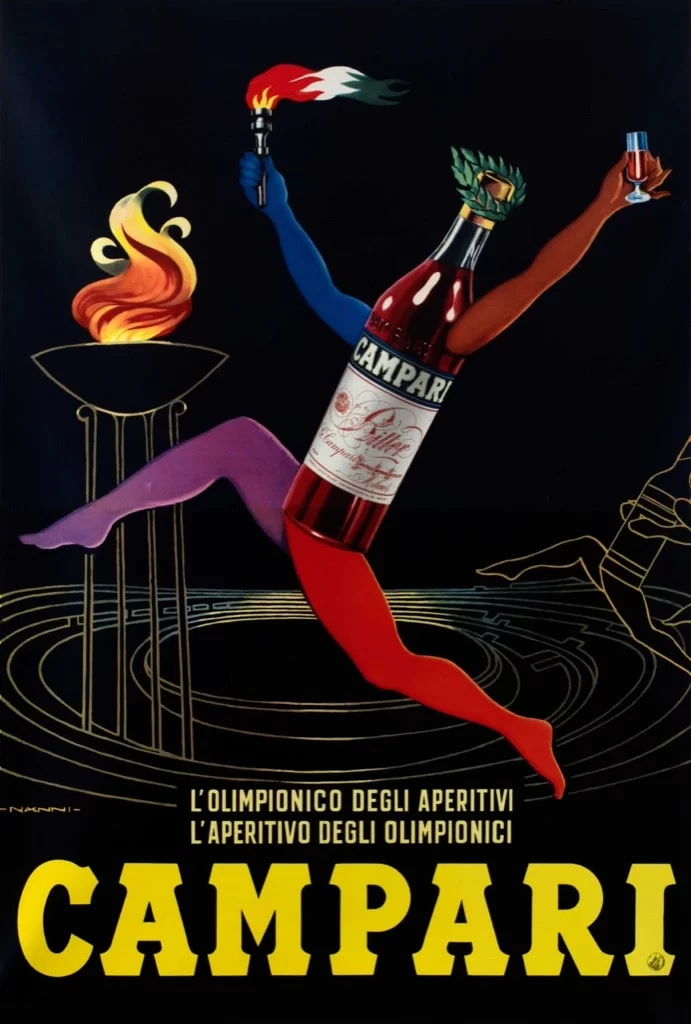
The World of Sport
Artists such as Attilio Rossi, Giovanni Mingozzi and Nino Nanni took inspiration from the world of sports expressing in its posters the Red Passion of Campari.
The Aperitivo Olympics by Nino Nanni, 1960
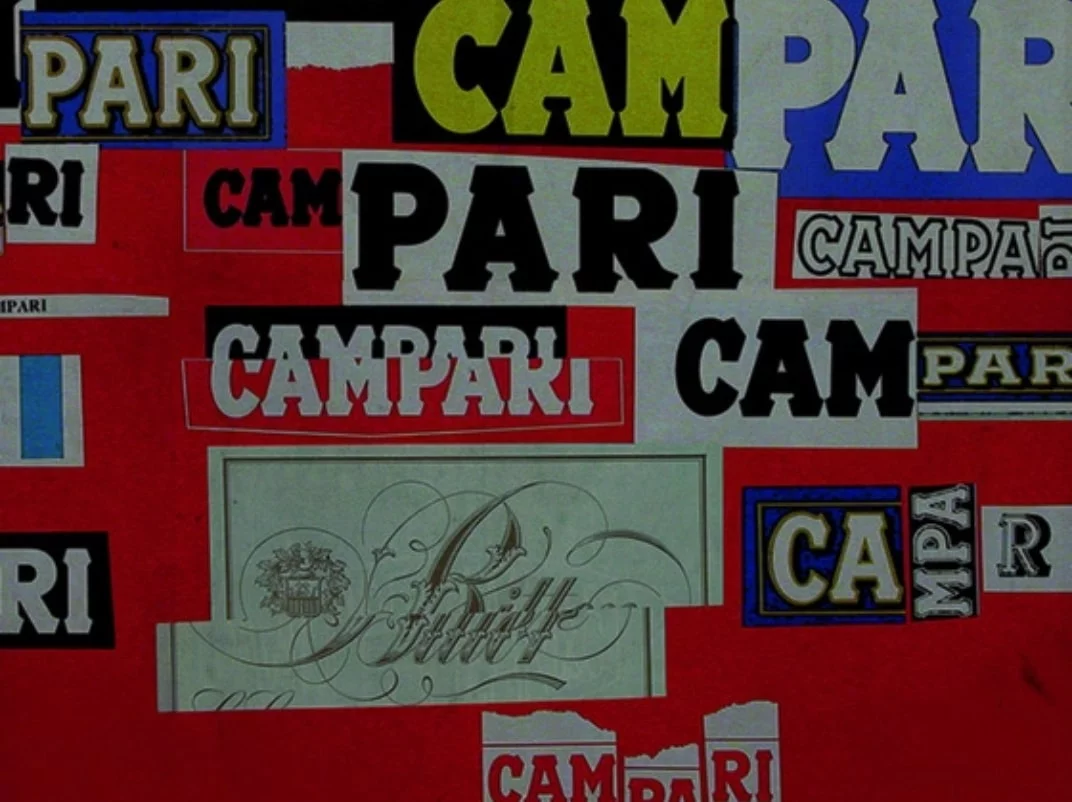
Red Passion, Underground
In a further declaration of the bond between Campari and art, Bruno Munari designed the ‘Declinazione grafica del nome Campari’ (Graphic Declination of the name Campari) poster for the opening of Milan’s first subway line, the so called “Red line”. The creativity and passion of Gaspare Campari and his son Davide were so strong that their genius lives on through the brand, the liquid and those it inspires.
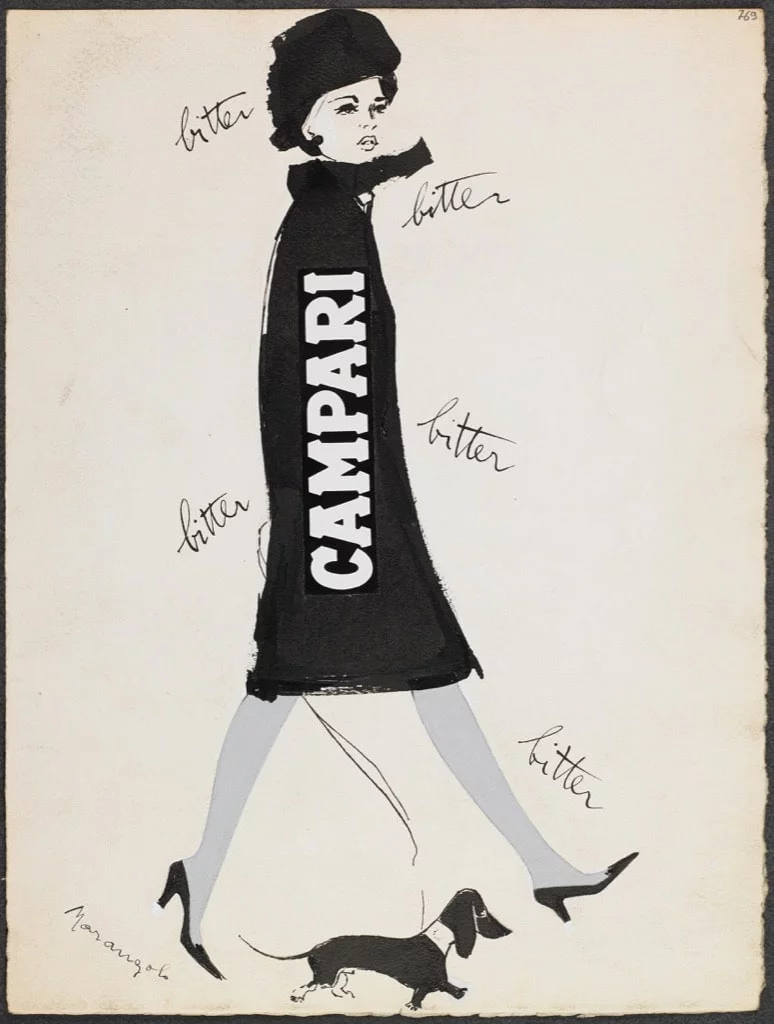
Marangolo’s Urban Culture
It was illustrator Franz Marangolo who, in the 60s and 70s, drew the
last posters for Campari before photography became the key method of publicity. The protagonists of Marangolo’s works recalled the actors and actresses of the age, such as Audrey Hepburn and Gregory Peck. His illustrations described the modern urban lifestyle, the hustle and bustle, and leisure time.
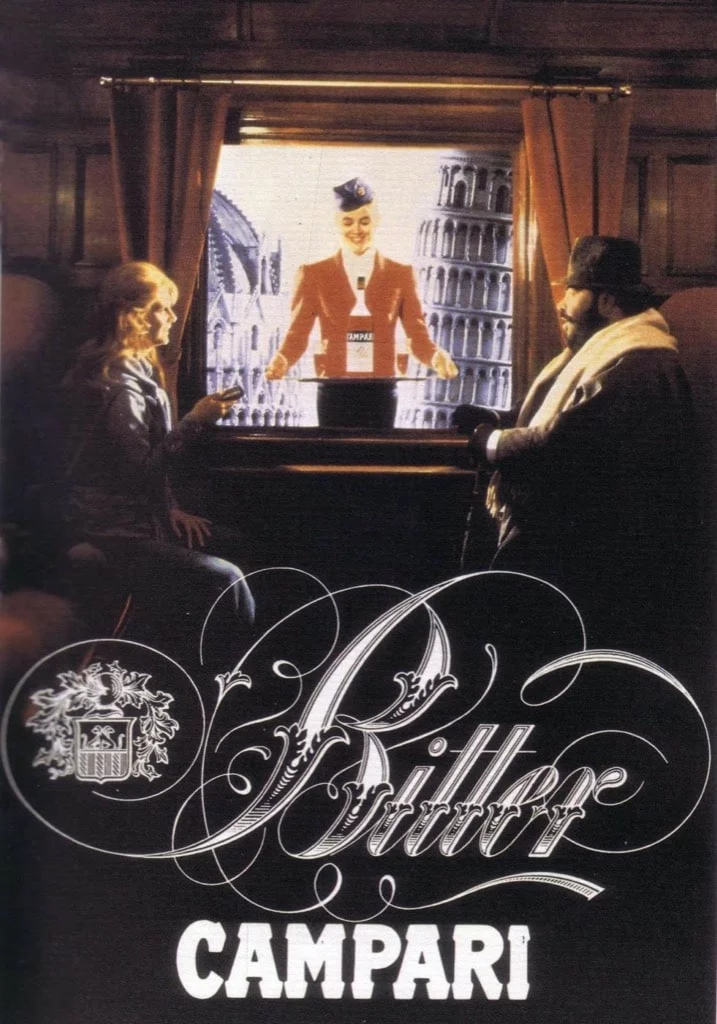
The Stars and Campari
Campari’s collaboration with stars of cinema and celebrated directors began. This culminated in 1984 when the iconic Federico Fellini directed his very first short film commercial for the Italian market.
A Modern Fairytale by Federico Fellini, 1984
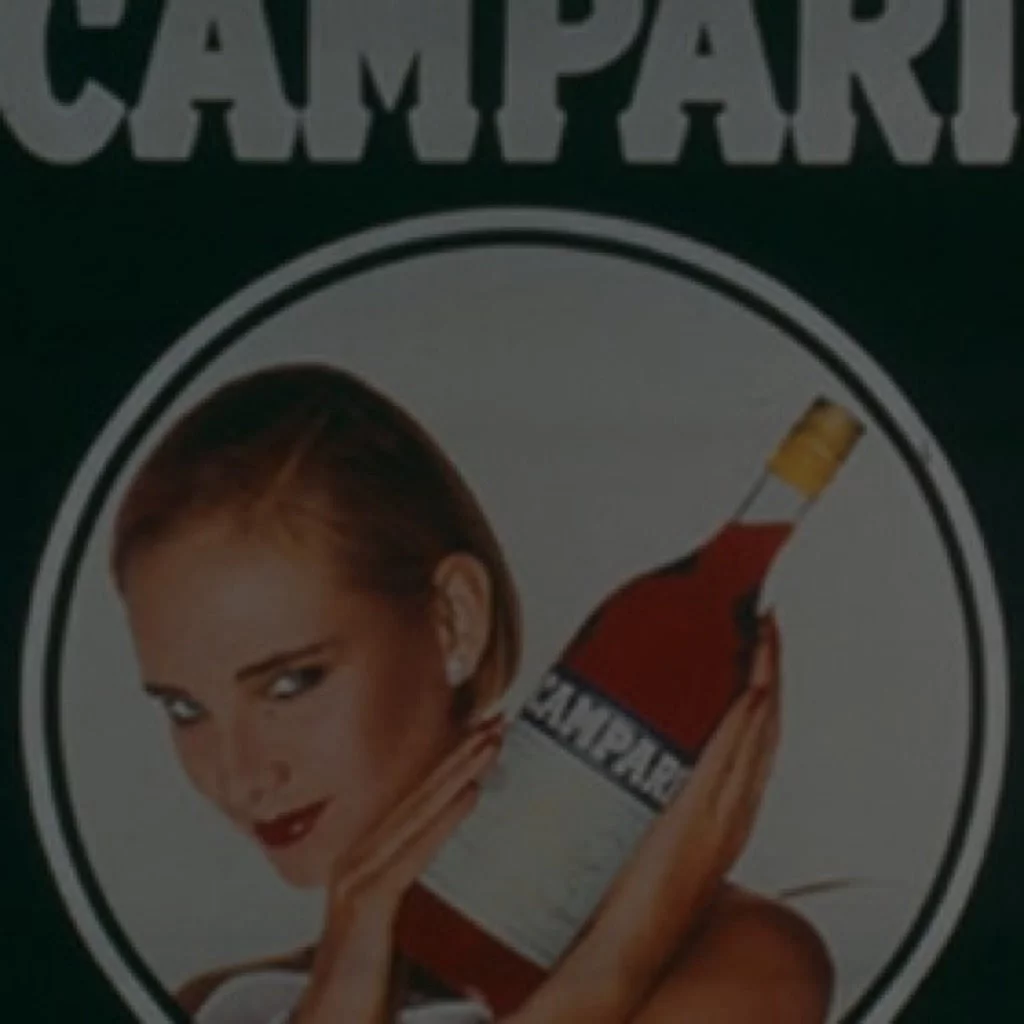
Luxury lifestyle
The 80s was a period of economic growth and luxurious lifestyle, with Campari leading the way with exclusive and distinctive consumption occasions, owning, in particular, the “Italian Milanese aperitif”, a moment to network and display one’s status in society.
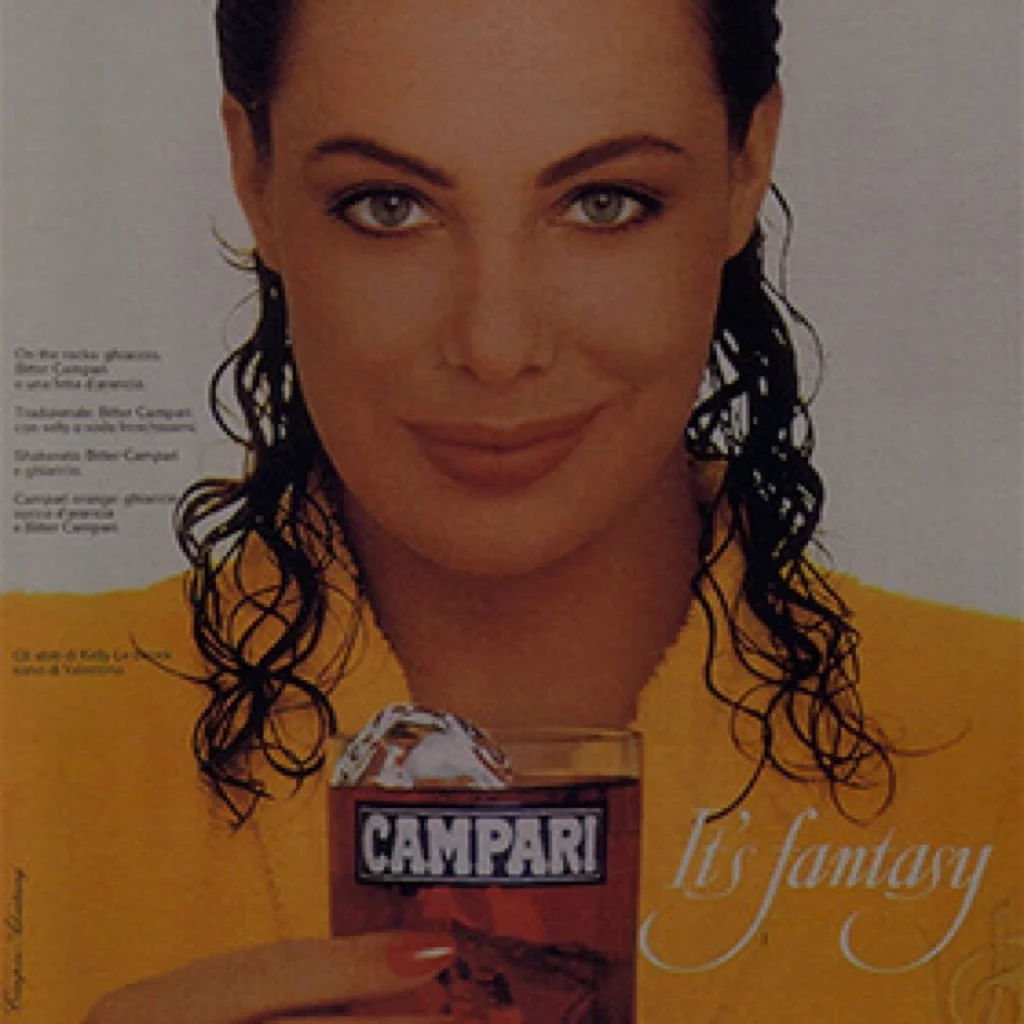
Campari - “It’s Fantasy”
In 1987 the ‘Woman in Red’, Kelly Le Brock, became Campari’s celebrity testimonial, starring in the commercial “Campari – It’s Fantasy” directed by the renowned Franco Scepi.
Campari, Red Passion
Campari launched the “Red Passion” advertising campaign, based on the brand’s four fundamental values: passion, a cosmopolitan approach, uniqueness, and prestige.
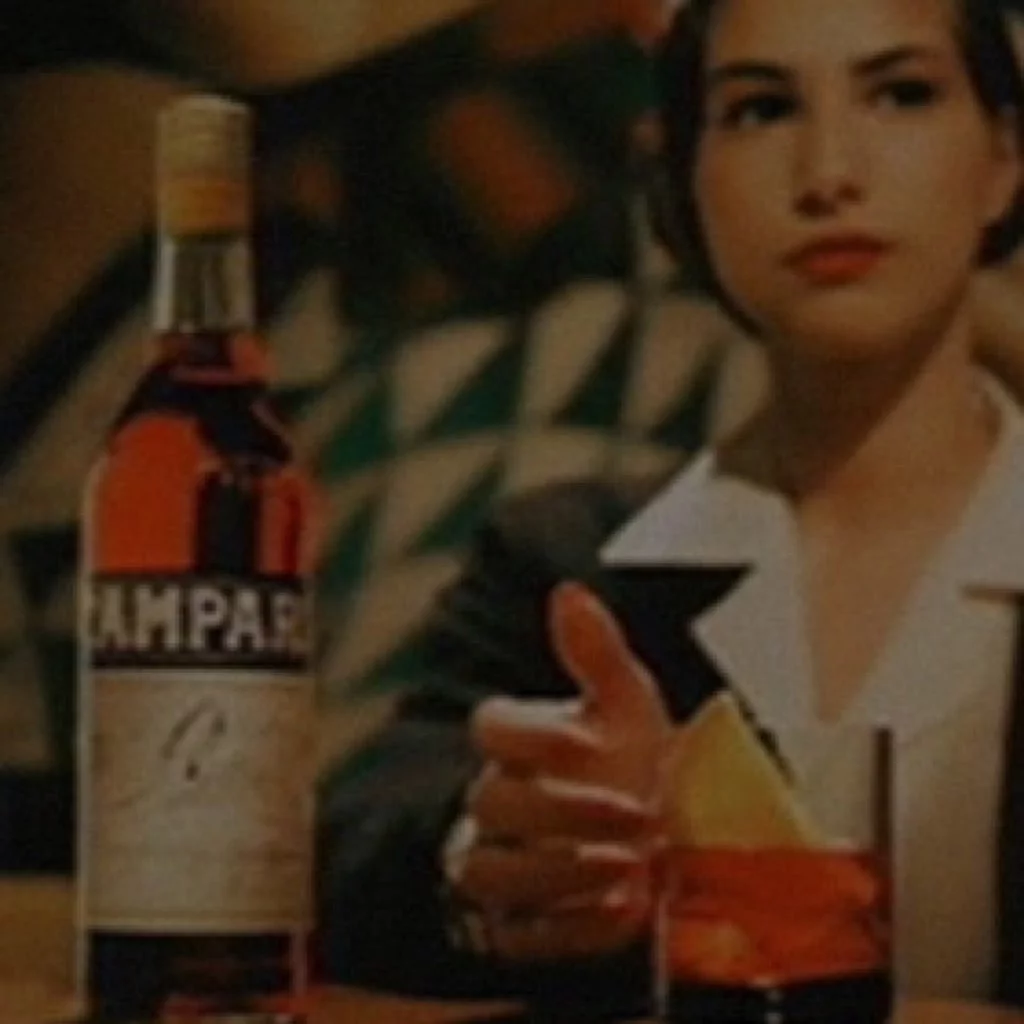
"The Scratch" by Tarsem
Campari collaborated with well-known Indian director Tarsem in the commercial “Il Graffio” (The Scratch). It was a true advertising breakthrough; the first commercial to broach the subject of sexual identity in Italy.
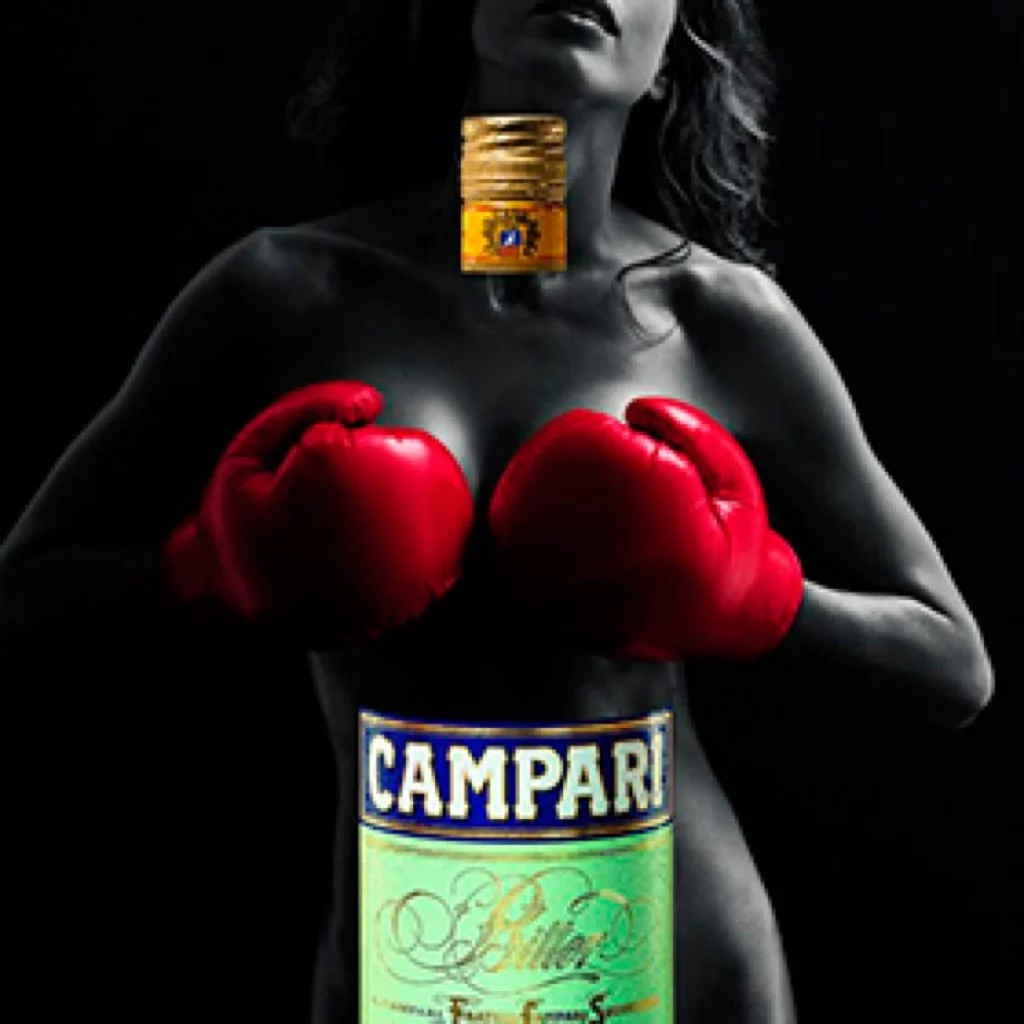
The Birth of the Campari Calendar
The very first edition of the Campari calendar was released, featuring Realitza Baleva photographed by Andrea Varani.
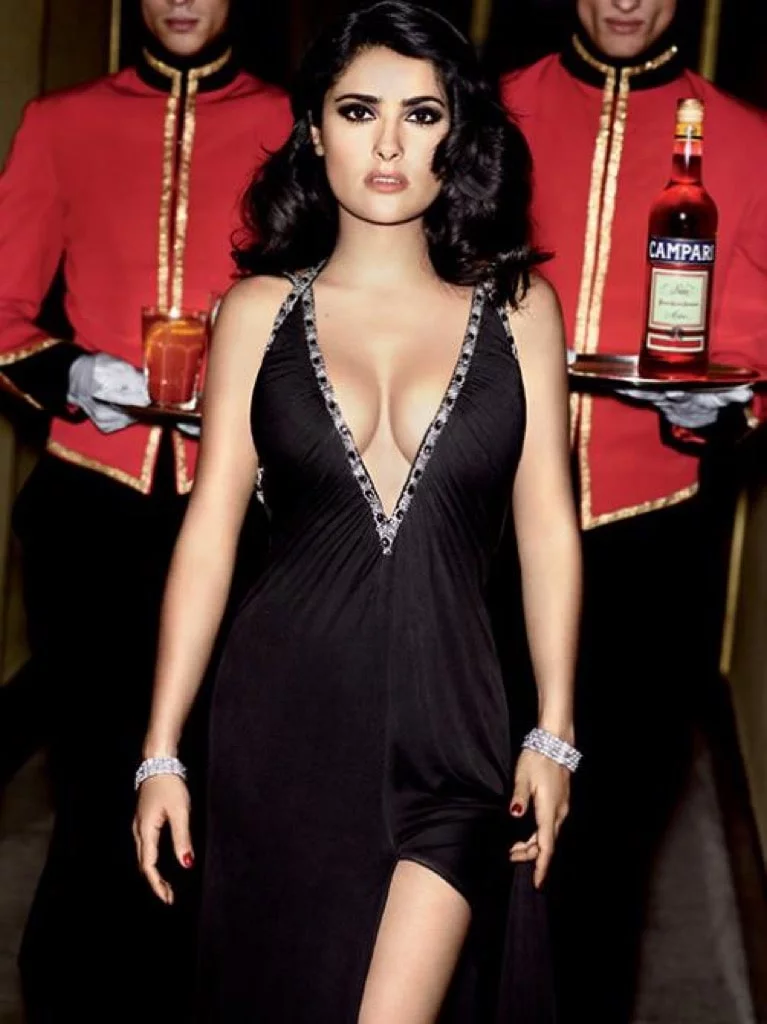
Hotel Campari
The fictional Hotel Campari is the stage for “Le Connaisseur”, the brand’s first global TV campaign starring Salma Hayek and directed by Matthew Rolston. Salma Hayek also starred in the 2007 Campari Calendar photographed by the iconic Mario Testino.
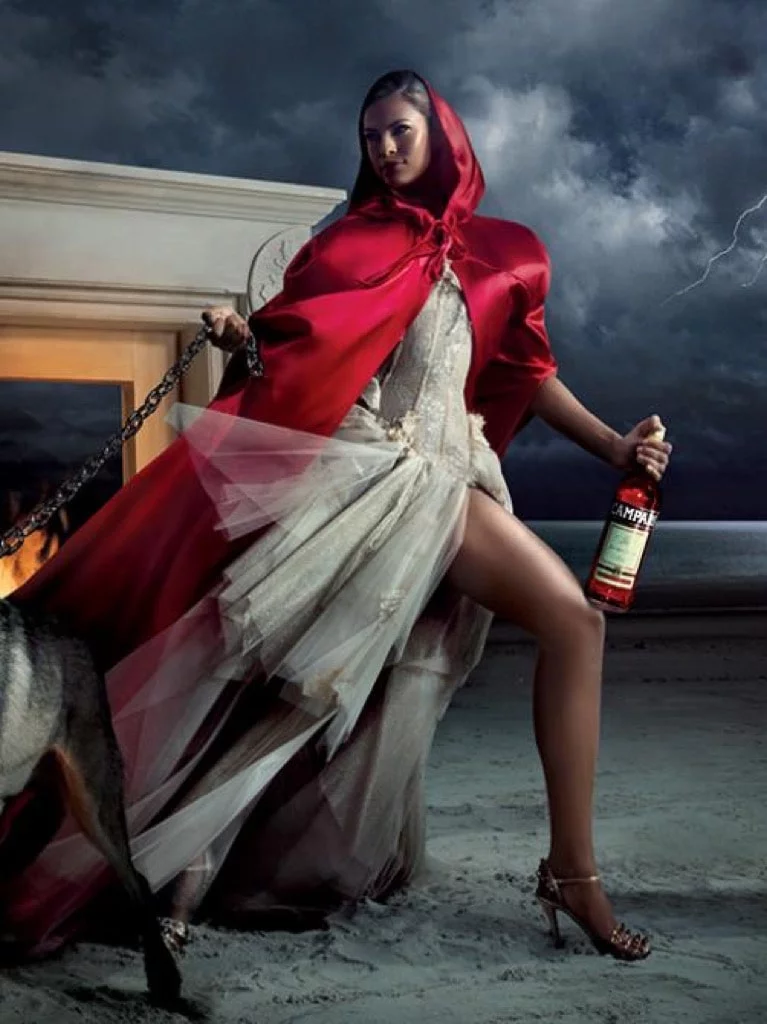
The Campari Tales
The stunning Eva Mendes, photographed by Marino Parisotto, interpreted twelve glamorous, glossy tales featuring her alluring sensuality and beauty for the 2008 Campari Calendar “Campari Tales”.

Club Campari
Jean Paul Goude, the celebrated French designer, photographer and TV commercial director, took the plot of Hotel Campari and moved it to Club Campari, where Red Passion makes everything possible. Jessica Alba was the star of both the commercial and the 2009 Campari Calendar photographed by Mario Testino.
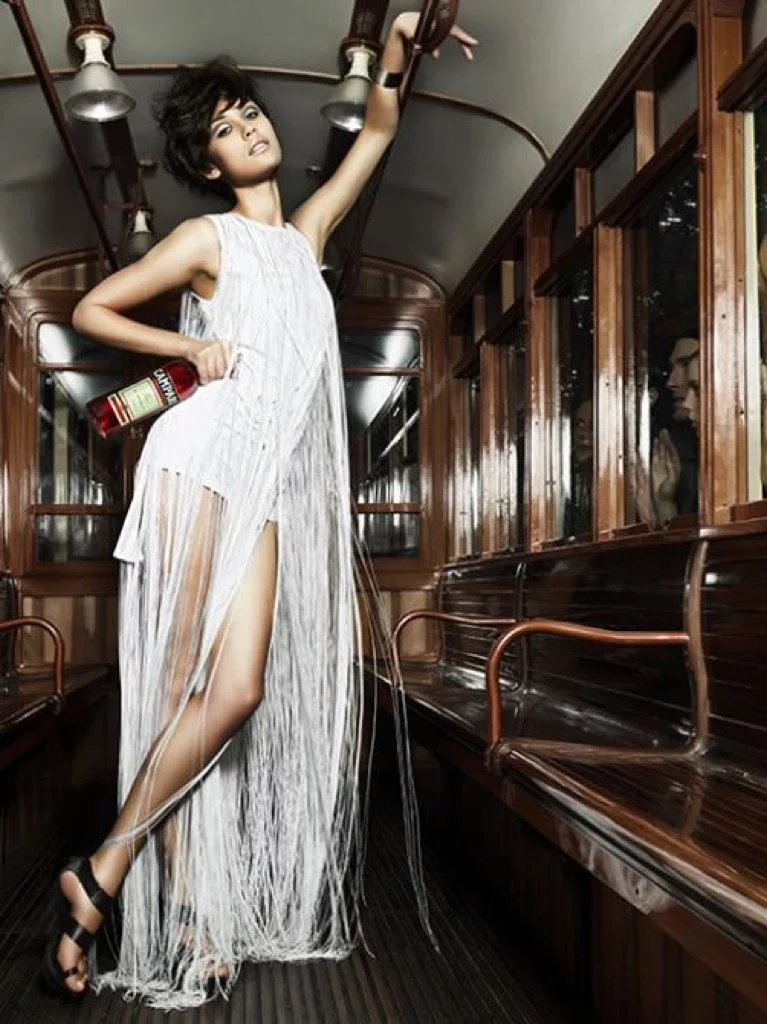
Campari Milano
In the 2010 Campari Calendar we find ourselves on the Milan tram number 609 with seductive protagonist Olga Kurylenko, as the city reveals itself little by little with Campari breathing Red Passion into every frame.
Shot by Simone Nervi.
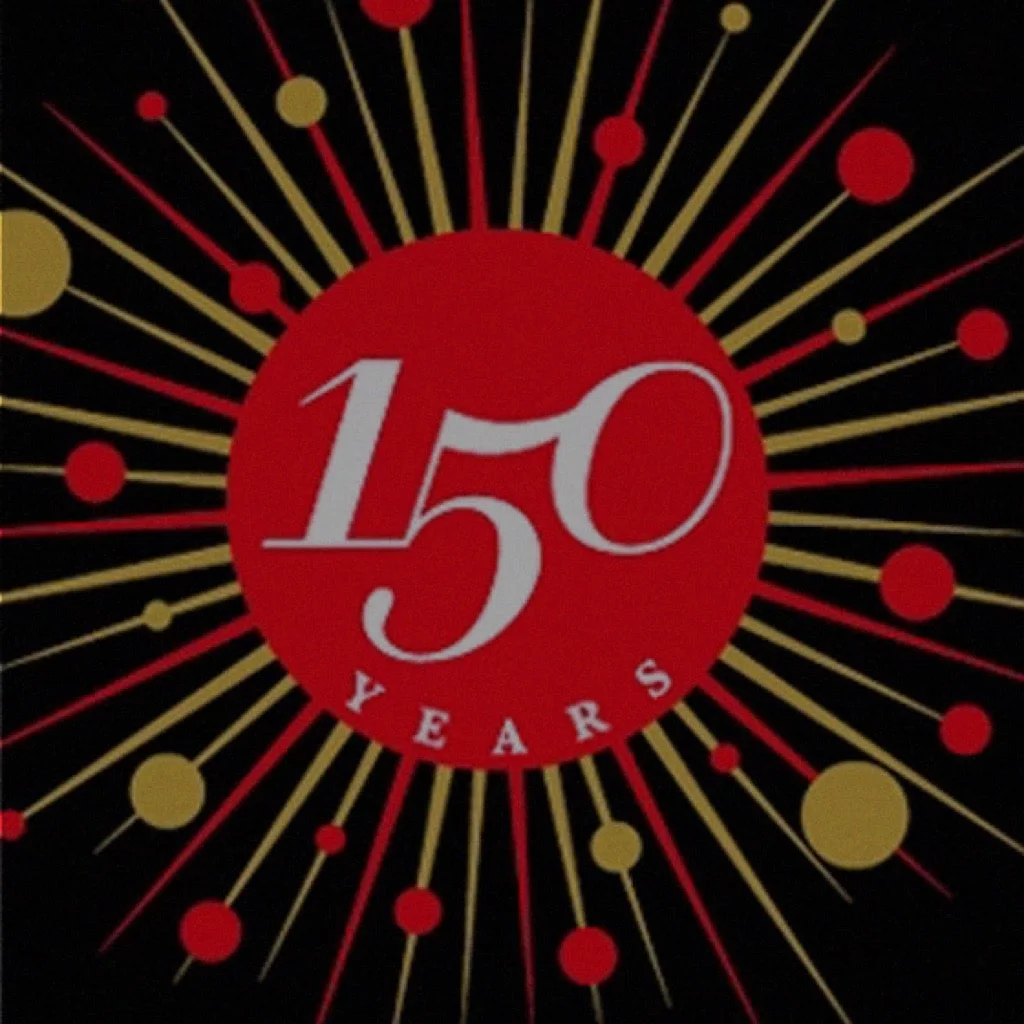
150th Anniversary
Campari celebrated 150 years of Red Passion. Since 1860, Campari has been tasted and appreciated by many people, neat or as a favourite ingredient in cocktails. It is a symbol of Italian lifestyle and Red Passion all over the world.

The Art Label Collection
The Campari Art Labels were created by international artists Vanessa Beecroft, Romero Britto, Ufo Nespolo, Francesca Valan and Tobias Rehberger as a celebration of Campari’s 150th Anniversary. This became a tradition that marked the connection between brand, product and art, and is now replicated each year.
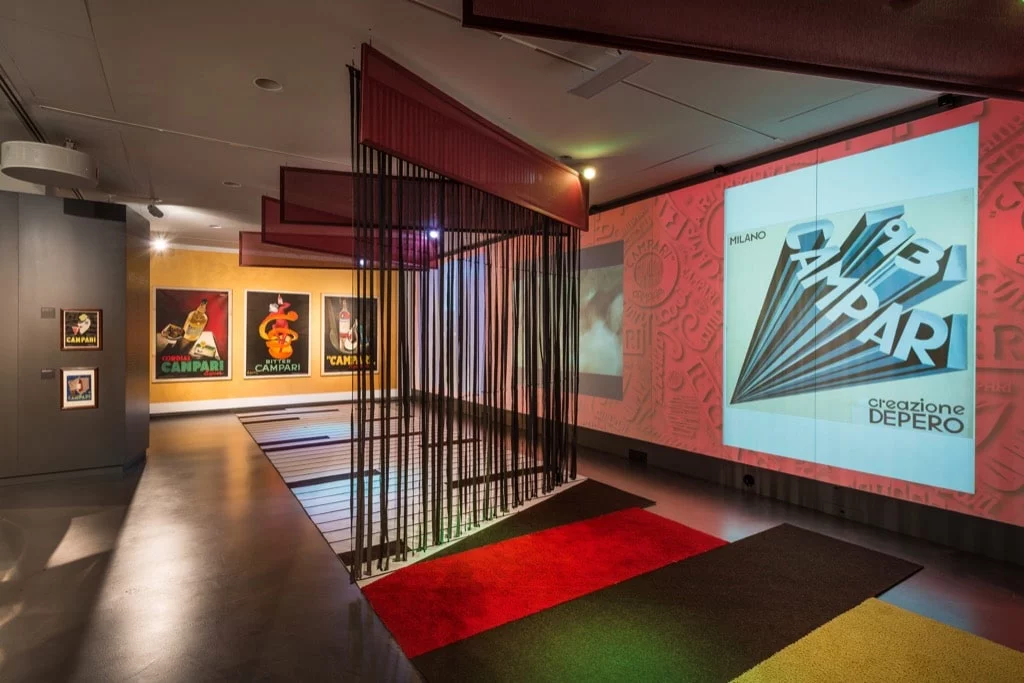
Galleria Campari
The new Galleria Campari made its debut. This special space became the symbol of the deep connection between Campari and art. A tangible experience of Red Passion.
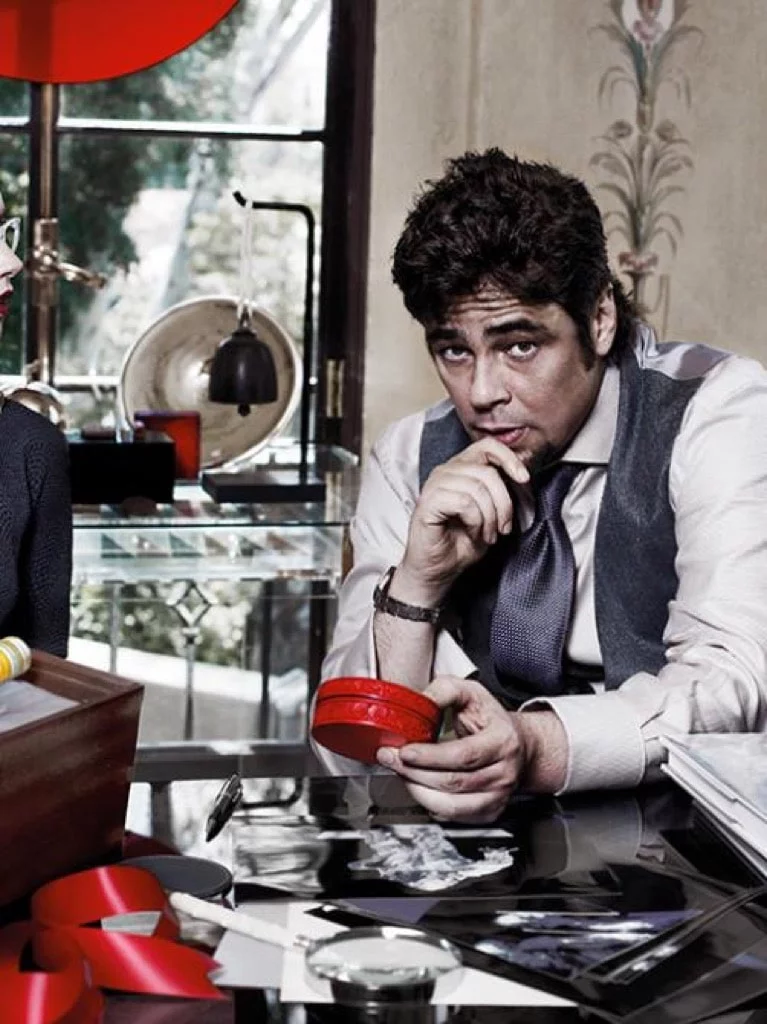
The red affair
The 2011 Calendar photographed by Michel Comte tells the intriguing story of a charismatic art connoisseur interpreted by Benicio Del Toro, who receives a mysterious message setting him on a fascinating adventure to uncover a ring of illegal art dealers and rescue a beautiful woman. The Red Affair sought to capture the audience through an engaging and intriguing cinematic story told through a series of photographs.
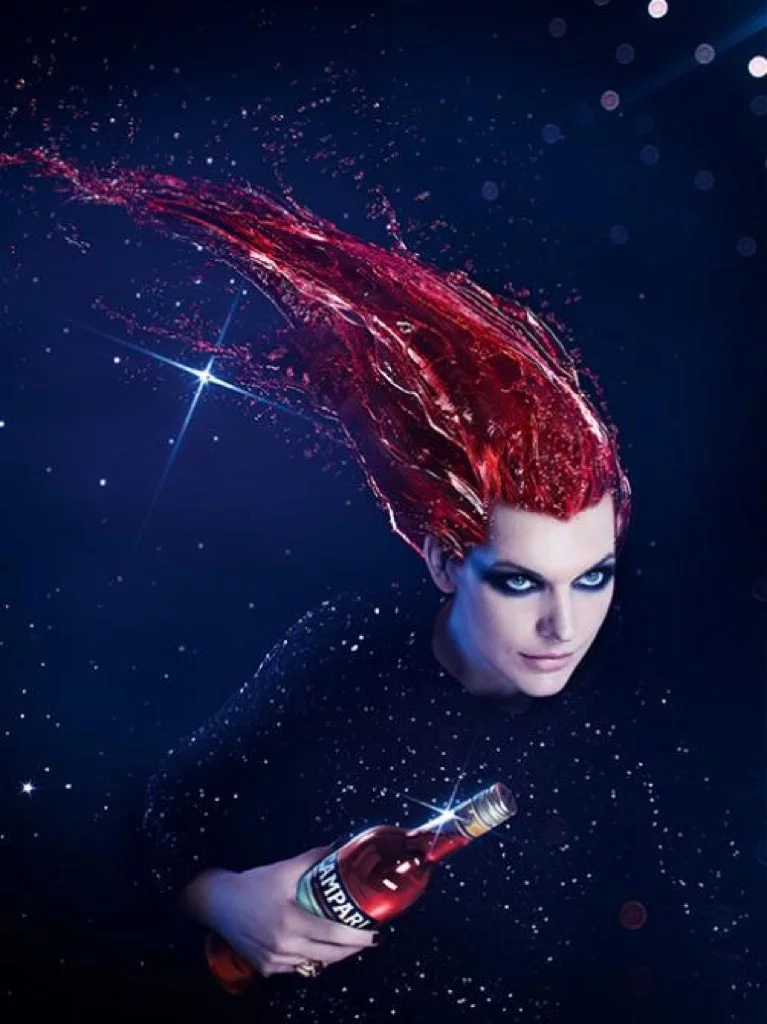
It’s the End of the World, Baby!
The 2012 Campari Calendar takes its inspiration from the buzz around the Mayan prediction that the world would end in 2012 and answers this ‘gloomy’ imaginary taking a positive and energetic look at these intriguing theories, presenting them visually in a series of powerful, awe inspiring photographs. Shot by Dimitri Daniloff with the beautiful Mila Jovovich as protagonist.

Kiss superstition goodbye
No number in the world has more magical and enigmatic meaning than 13. Starring the iconic Penelope Cruz, the 2013 Campari Calendar takes the audience on a stunning visual voyage, showcasing 13 vivid shots of intriguing and mystical superstitions, such as black cats, broken mirrors, walking under ladders and walking on cracks. The Calendar takes this opportunity to instil confidence in people across the world, underlining that self-belief enables any superstition to be overcome.
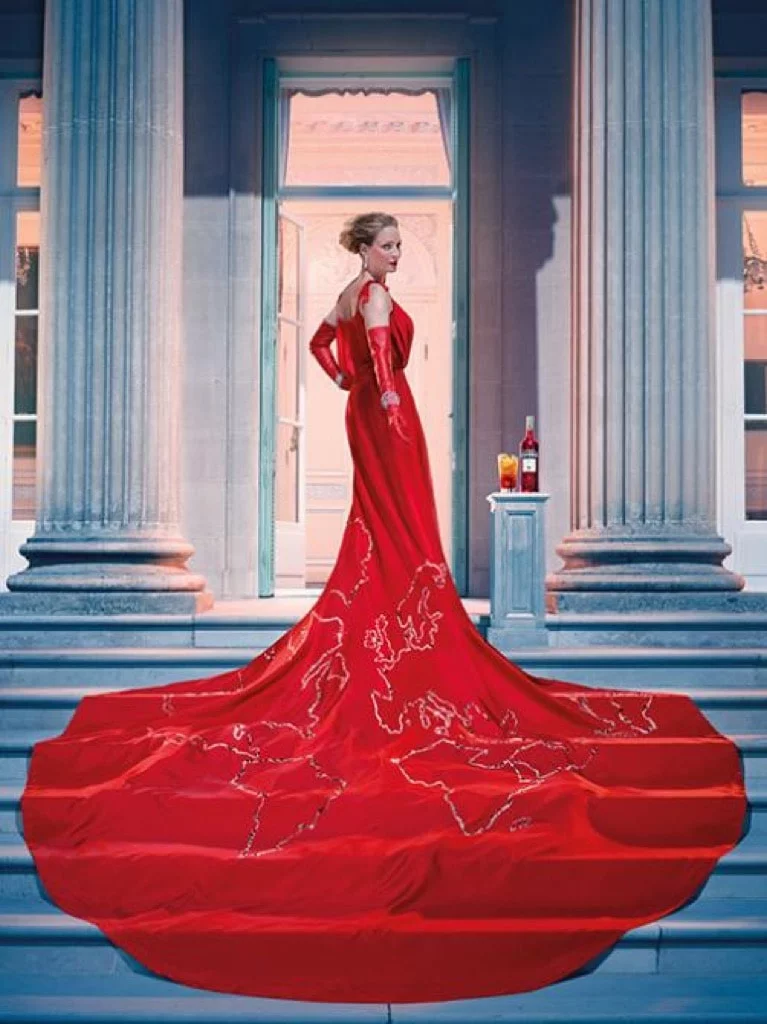
Worldwide celebration
Celebrating 2014 with Campari meant enjoying 12 months photographed by Koto Bolofo, discovering worldwide passions and styles through the most intriguing festivities on the planet, spanning every latitude and culture alongside the stunning Uma Thurman. From the Spring Festival in Beijing, the biggest celebration in China, to Hanami in Japan, where people enjoy the beautiful cherry blossoms of spring, the 2014 Calendar provides a window on the world and invites fans of Campari to embark on a global voyage of discovery.
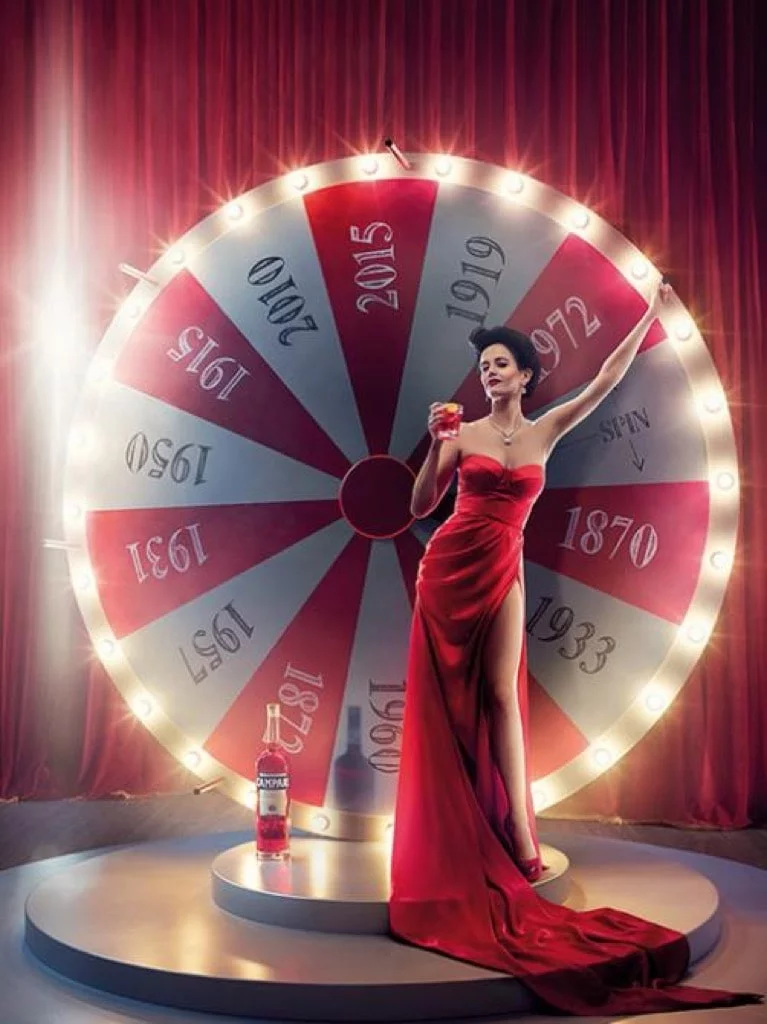
Mixology mythology
This 2015 dreamlike imagery featuring Eva Green depicts the beautiful and little-known anecdotes, tales and curiosities behind each iconic Campari recipe. From the classic Negroni cocktail, created by Count Camillo Negroni in 1919, to the Americano in 1933 and all the way to the creation of the Campari Seltz, the most popular drink in the Bar Camparino in Galleria in Milan, the Calendar explores and celebrates the recipes that have stood the test of time and are still adored in today’s modern world.
The Wait
For the new Campari campaign, Joel Schumacher was inspired by the adage “To await a pleasure, is itself a pleasure” from the German philosopher Lessing. The result was a Baroque, dreamlike short film in which the wait for a special evening is accompanied by the aperitivo ritual of Campari.
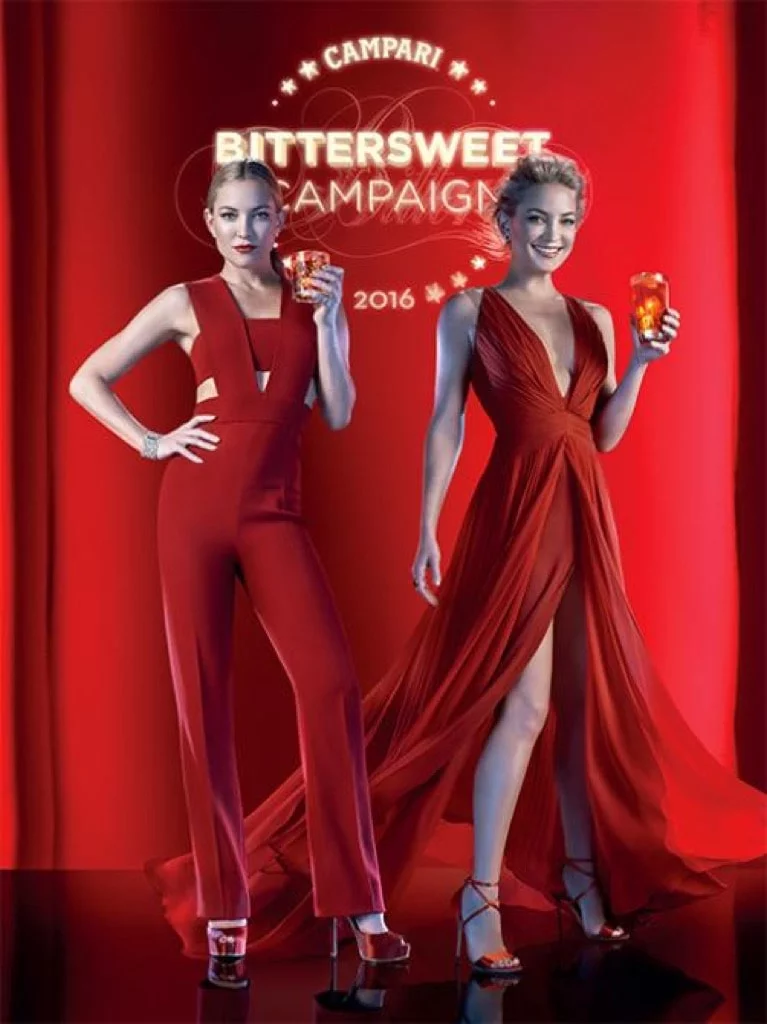
The bittersweet calendar
Inspired by the instantly recognizable iconography of any election, the 2016 Campari Calendar uses the classic theme as a metaphor for the duality of two opposing sides. With Campari’s unique taste serving as the epitome of duality, the Calendar cleverly asks people which aspect of the classic apéritif they identify with more: Bitter or Sweet. Kate Hudson embodies and personifies the two souls of Campari, playing the roles of two different candidates: one promoting the captivating bitterness and the other supporting a more subtle, intriguing sweetness.
Creation
The renowned director and Oscar winner Paolo Sorrentino narrated Red Passion. For the new campaign, Sorrentino revisits the metaphor of the Creation in a film that expresses the very essence of the brand, as “Nothing can be created without Passion”.
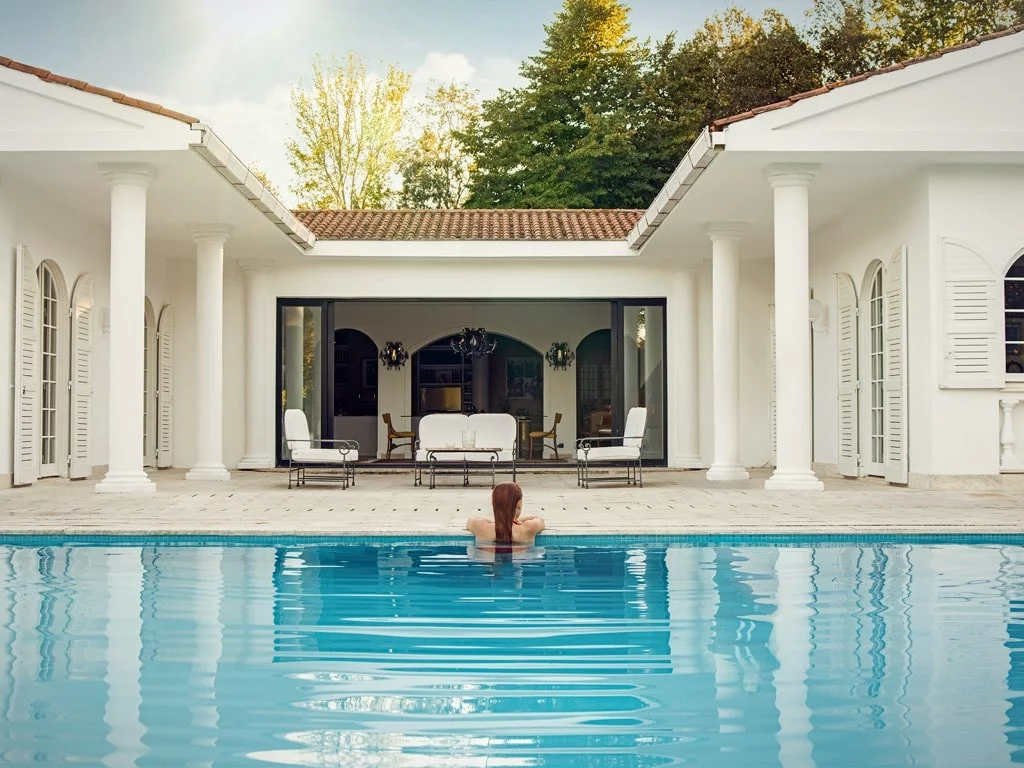
Killer in Red
The Oscar-winning Paolo Sorrentino wrote and directed an intriguing noir starring leading man Clive Owen. In the role of bartender Floyd, he told the story of the Killer in Red cocktail. The film inaugurated Red Diaries, the cinematic evolution of the Campari calendar.
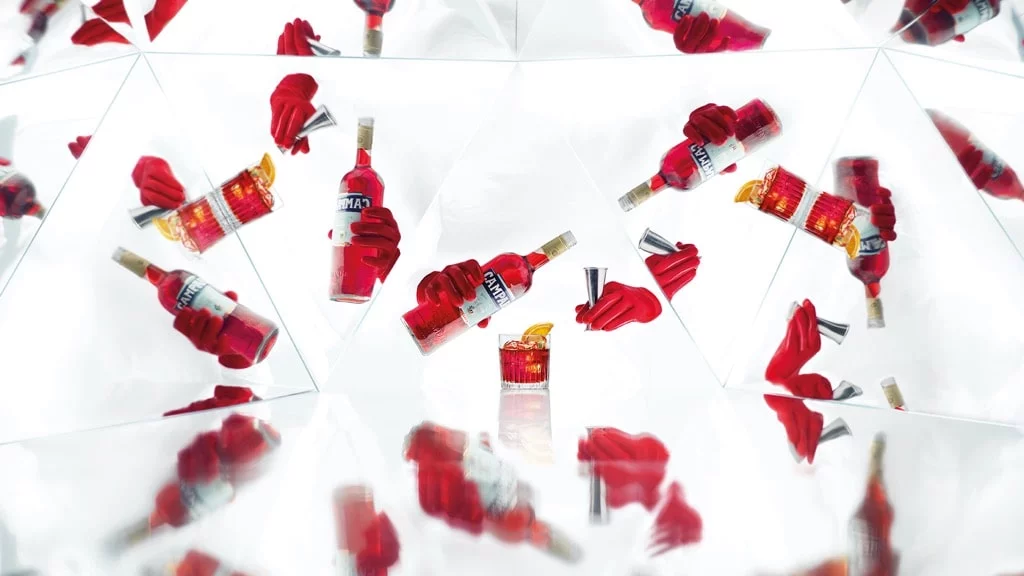
The Legend of Red Hand
Campari’s Red Diaries continued: the brand chose Stefano Sollima to recount the idea that there is a story behind every cocktail. An endless chase, a hidden identity and a mysterious red glove were the ingredients of “The Legend of Red Hand”.
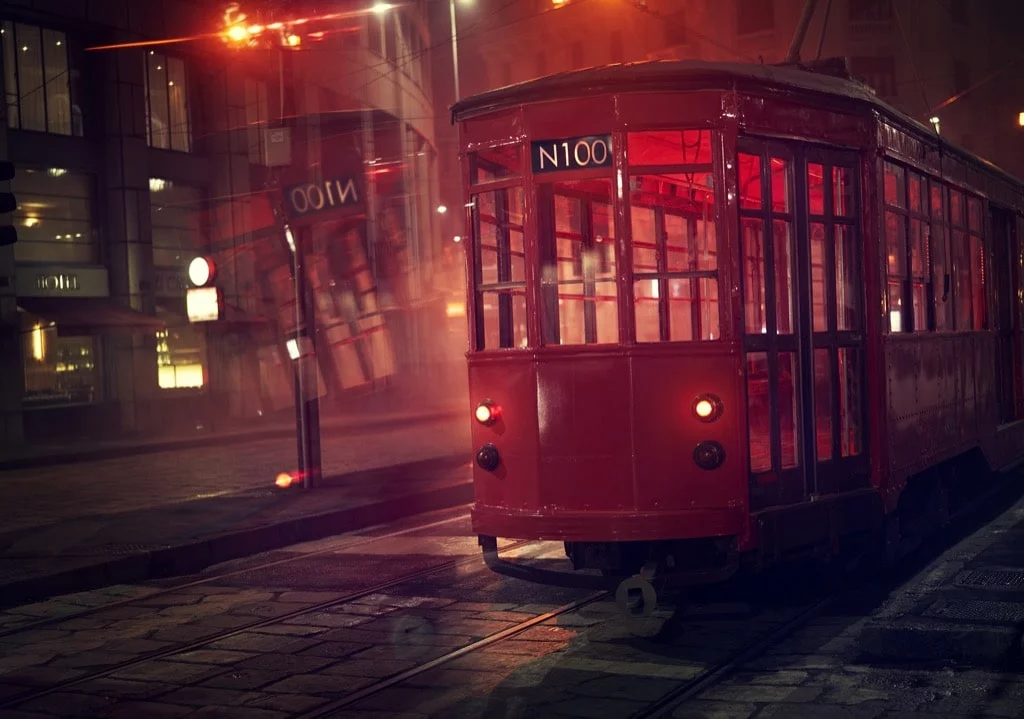
Entering Red
The 2019 Campari Red Diaries short film, directed by Matteo Garrone, followed the intriguing Ana de Armas as her curious soul prompts her to begin a journey of discovery, led by her Red Passion.

100 years of Negroni
Campari, the red heart of the Negroni, celebrated the classic cocktail born in Florence in 1919, and named after its creator Count Camillo Negroni.
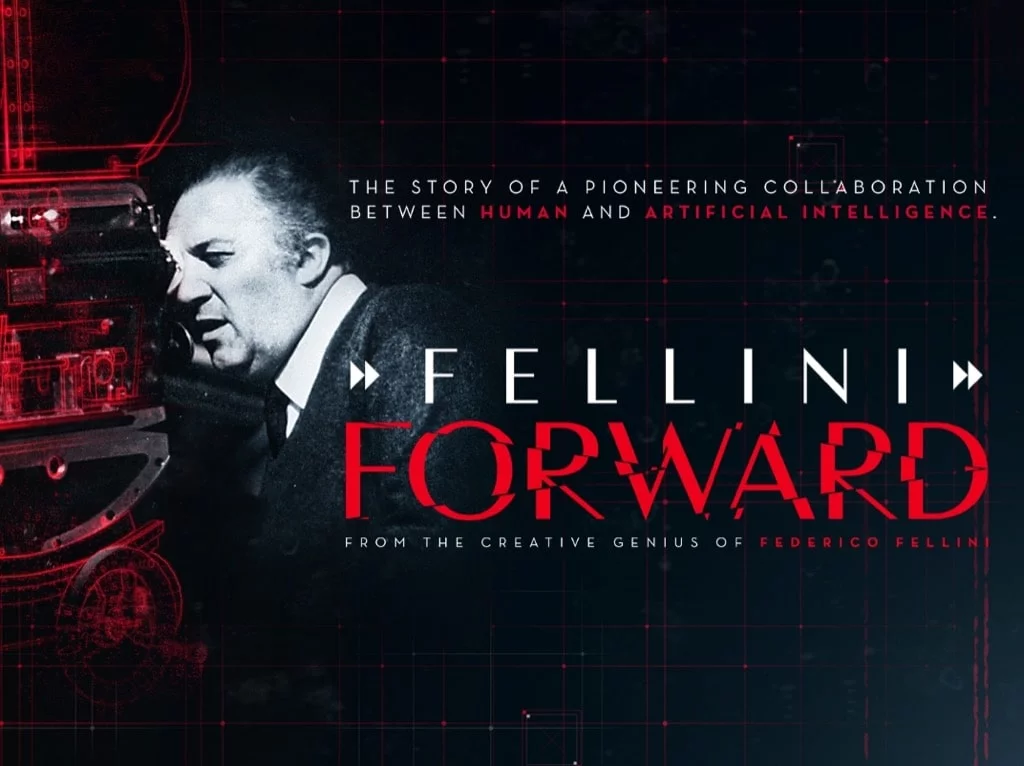
Fellini Forward
Campari launched Red Diaries 2021: a pioneering project in homage to the late Federico Fellini, named Fellini Forward. Using Artificial Intelligence techniques, it explored the creative genius of one of the greatest filmmakers of all time to create a one-of-a-kind short film. A documentary showcased the full project, covering the process from start to finish and exploring the future of cinema and human vs. machine creative collaboration.




